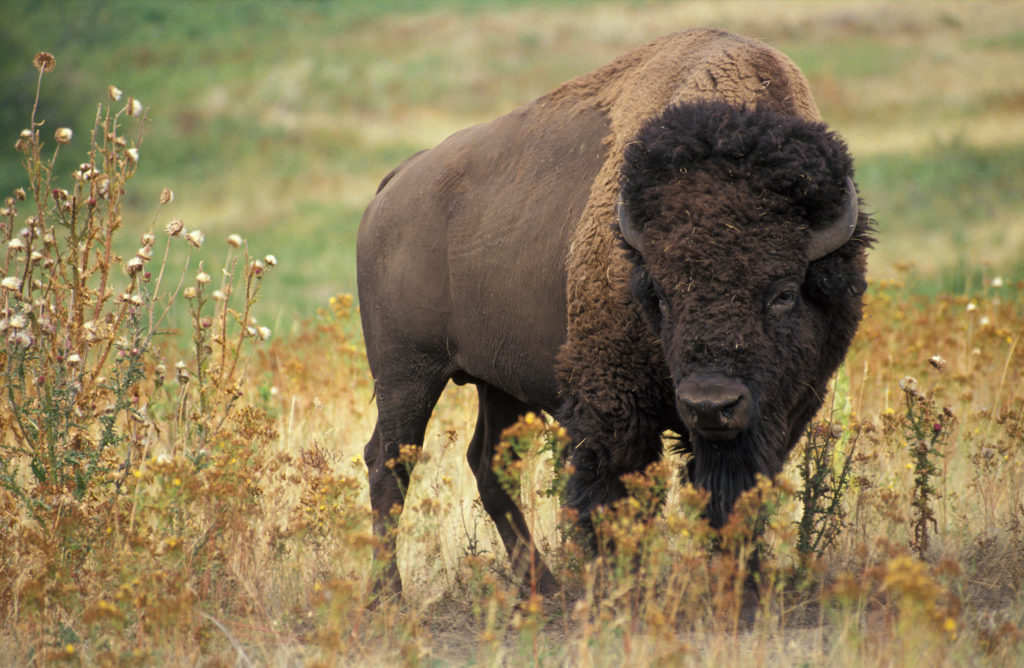The Moral Meats

Since we are talking a lot about meat right now, Jonathan Safran Foer argues that eating meat is terrible. I don’t really want to reference Foer because I dislike his writing so much. But at the very least, it allows me to muse a bit on something I have thought about for a long time, which is the following question: Are there animal products we can eat that are outright morally good? Let’s leave aside overthinking what morality means too much here. I’m not a philosopher. But in a general sense, can we eat any animals that actually make the world a better place?
I think there are two. The first is bison. In the late 90s and early 00s, it felt like there was a big bump in bison entering the market. Ted Turner, who is deeply committed to bison (I’ve been on a couple of his ranches in New Mexico and they are something) opened his Ted’s Montana Grill chain, which was primarily in high-end markets. You could go to pretty much any tourist bar in the West and there would be a bison burger on the market. I found them pretty good. Then it seemed to have sort of stalled out. Turner closed a bunch of his restaurants and I didn’t see it much anymore, though that might be my own anecdotal assumptions since this 2016 story suggests otherwise.
The case for bison is pretty clear. Cattle are an environmental disaster. Bison are native to the Great Plains. The old bison grounds are almost totally depopulated at this point, with towns over even 20,000 are few and far between. In fact, basically the only large cities in the entire western Plains at this point are Amarillo and Lubbock. The idea to transition the western Plains is hardly mine. Frank and Deborah Popper laid out the idea of the Buffalo Commons all the way back in 1987 and have fought for it ever since. At least at some level, this makes sense to bring back a more sustainable ecology, as well as driving economic growth around tourism.
But even ranched bison is objectively better than cattle in terms of environmental impact. You are still helping rebuild the top ungulate in the ecosystem and driving a highly damaging animal off it, at least a bit. It’s certainly true that the slow growth and size of bison make them less immediately profitable than cattle, but if we combined this with lowering our overall red meat consumption, which we should all do anyway, the higher cost would be less of a hit to the consumer.
The second moral meat, or “meat,” perhaps, are oysters. Once a central part of the American diet and single more preferred food of the New York City working class, oyster beds declined significantly over the twentieth century, partially because the old beds became heavily polluted and partly because of changing dietary habits. Not a lot of oysters in mid-twentieth century suburban cuisine. However, oysters have had something of a renaissance, especially in New England, where they are naturally much more of a central part of the food culture. The same is true of New Orleans, where they never went out of style, as well as other coastal regions. The other part of it is that eating oysters is good for the ocean ecosystem and has a near zero emissions impact, as this study from my home institution demonstrates.
To compare land-based meat production with oyster cultivation, Dr. Robinson Fulweiler and her team from Boston University looked at the three main greenhouse gases: carbon dioxide, methane, and nitrous oxide, and the main drivers of greenhouse gas release in livestock: land-use change, gas formation in the animal digestive tract, and manure management and feed production–excluding greenhouse gas production from transportation, refrigeration, etc.
“We wanted to be comparing apples to apples…what’s the greenhouse gas footprint for growing a cow in terms of how much they’re producing from their gut, their manure, and how much is produced from feeding?” explained Fulweiler during a Coastal State Discussion presentation earlier this spring about research led by Ph.D. candidate Nick Ray, and conducted with Dr. Tim Maguire, a former Ph.D. student and now a postdoctoral researcher at the University of Windsor, Ph.D. student Alia Al-Haj, and undergraduate researcher Maria Henning.
They made direct measurements of methane and nitrous oxide, and estimated carbon dioxide fluxes via oxygen consumption rates, from feed production, gut fermentation, and manure management associated with the Eastern oyster. They noted that there is no greenhouse gas release from growing or transporting feed for oysters as they filter their food directly from the water. Any greenhouse gas release would be from the oysters themselves via shell formation, respiration, or microbial processes in their guts, or by bacteria in the sediment metabolizing oyster waster, or “manure.” Any carbon dioxide produced from respiration was omitted from their overall estimate to match methods used for estimating livestock greenhouse gas production. Carbon dioxide release from shell formation was also not included as knowledge of the future use of the oyster shell is needed for accurate assessment of carbon release or sequestration.
Of course, whether oysters are actually meat is a more open question since they aren’t exactly sentient beings.
The other meat you can make an argument for here are insects, which are becoming more popular, to the point where the Seattle Mariners now serve Oaxacan-style grasshoppers at games. And I’ve had those in Oaxaca and they aren’t bad I guess. But eating insects is a bridge too far by and large for me.


